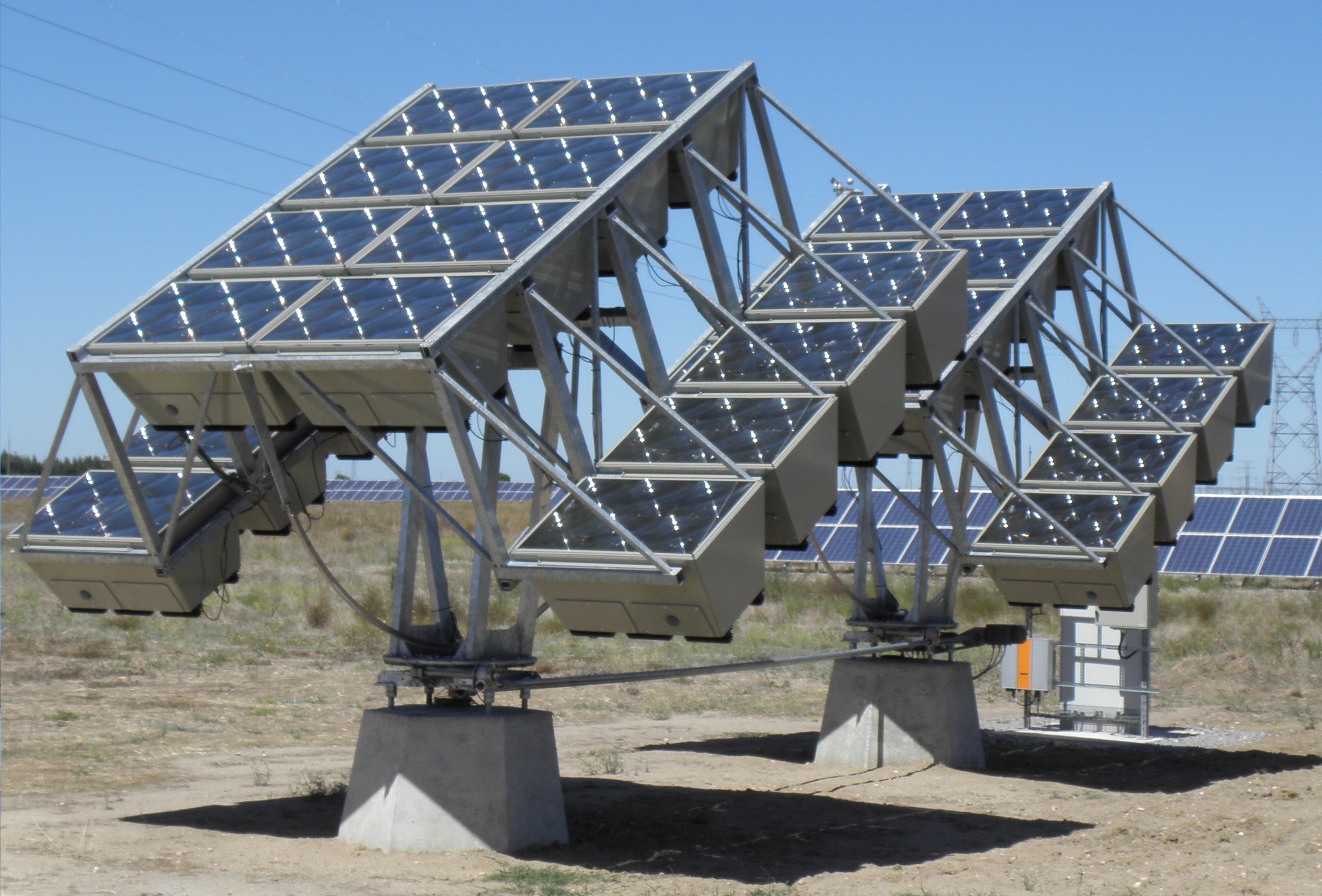News Article
Where CPV is concerned it pays to be French

With its lack of direct solar irradiance, France does not leap out as being a prime site for a concentrated photovoltaic power (CPV) plant. But with the nation's government pouring millions into CPV projects, local player Heliotrop is proof that, in this case, it pays to be French.
In 2011, the French Environment and Energy Management Agency (ADEME) awarded the CPV manufacturer, some Euro16m as part of its Euro44m HCPV 1024 Soleils project that aims to demonstrate CPV on a utility scale. Then in 2012, solar power operators using Heliotrop's system won contracts from the Commission de Régulation de L'Energie (CRE) worth tens of millions of Euros, to build 29MW of CPV plant.
"CPV is important to France," says Heliotrop co-founder and chief executive, Paul Bellavoine. "Heliotrop has research and development, and a manufacturing plant in France, while Soitec has its headquarters in France. Between the two companies, the French government has decided to foster CPV development."
Heliotrop's prime focus is on France right now, with Bellavoine saying: "Most of our projects are large-scale projects in France to be rolled out in 2014 and it will be hard to start large-scale projects up abroad before these are fully up and running."
But thanks, at least in part, to its hefty government backing Heliotrop has also deployed CPV units in Portugal and Morocco, as well as more recently bagging a contract with Mexico Sonora State to build several megawatts of CPV plant. So what exactly has the company developed?
With an efficiency just over 30%, Heliotrop's CPV systems are based on III-V triple junction solar cells, comprising layers of Ge-InGaAs-InGaP, with a 40% efficiency. Current module costs are not public information but Bellavoine claims the high concentration level of 1024 suns, twinned with accurate design optimised for mass manufacture gives a low cost per watt.
"At such high concentrations, heat dissipation can be a problem but we have done a lot of work with our dual-step dissipater to avoid this," he says. "Mechanical tolerances are another issue as you really need to have a system that is very well aligned."
"We have been working with manufacturers from the automotive industry who are brilliant," he adds. "We've followed their methodologies from the grade of aluminium to use, to the robots used on their manufacturing lines; and everything is very standard, low cost and highly reliable."
According to the chief executive, the company will announce a higher system efficiency in the coming months, and come 2020, its systems will have hit at least 40% efficiency. While these efficiency gains will partly come from optical design and manufacturing quality, the biggest emphasis, by far, is on the solar cell.
"For the last decade, triple junction cells have gained 1% efficiency every year, so we are very confident that some cells will be more than 47% efficient by 2020, and this will give us a model efficiency above 40%," he says. "We take a multi-sourcing approach which gives us the opportunity to get the best cell all the time."
And while Bellavoine remains tight-lipped on which cell manufacturers supply his solar cells, he is confident, at least for this his CPV systems, multi-junction cells will remain the cell architecture of choice. "The maximum critical efficiency for a multi-junction cell is 80% and today we are at 40%. There are metamorphic, inverted metamorphic and already fourth junction designs. As long as we remain below 50% efficiency, many successful designs will exist," he says.
"But in the next five to ten years, once we reach 50% efficiency, we will probably add more junctions, maybe move to five junctions," he adds. "Right now we are still in the comfort zone so many different approaches will work. Beyond this, any researcher working on a very high efficiency cell will have his or her own view."
And Bellavoine is certain the market will be using cells with at least 50% efficiency in the relatively near future. As he highlights, cell efficiency has continued to increase with 'almost no money, no investment, just a few labs and research teams around the world'. Crucially, he believes hitting the 50% cell efficiency milestone, could trigger CPV market growth.
"Silicon is still less expensive than CPV but at some point very soon we will be at parity with silicon PV. When efficiency increases from 40% to 50%, model costs will decrease by about 25%, as, for example, we will need fewer trackers," he says. "There is this big race against silicon PV, but silicon technology has already achieved all its mass production and efficiency gains, and progress is now very slow."


































